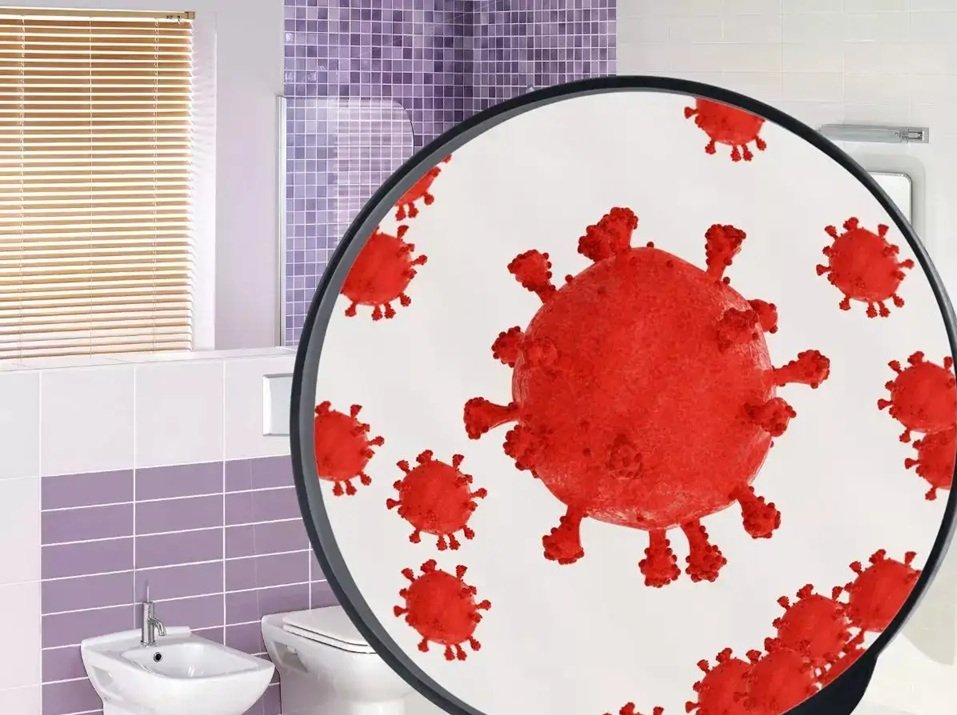
Understanding the Pink Slime
That pinkish-red film you might notice in your bathroom isn’t just an unsightly stain—it’s a colony of bacteria known as Serratia marcescens. This microorganism thrives in moist environments, feeding on residues from soaps and shampoos. It’s commonly found on shower walls, tile grout, bathtub edges, sinks, and around toilet bowls.
Health Risks Associated
While Serratia marcescens is generally harmless to healthy individuals, it can pose significant health risks to those with weakened immune systems, such as young children, the elderly, and individuals with chronic illnesses. Exposure can lead to infections in the gastrointestinal tract, urinary system, or respiratory system. Moreover, the presence of this bacterium may indicate other harmful growths like mold, which can exacerbate respiratory issues and allergies.
Identifying the Culprit
This bacterium produces a reddish-pink pigment called prodigiosin, leading to its distinctive coloration. It often appears as a sticky, slimy biofilm in moist areas, making it relatively easy to spot.
Effective Cleaning Methods
To combat Serratia marcescens, regular cleaning is essential:
- Use Bleach or Hydrogen Peroxide: These substances effectively kill the bacteria.
- Regular Maintenance: Clean areas prone to moisture buildup, such as shower curtains, silicone seals, and tile grout, to prevent bacterial growth.
Preventive Measures
Maintaining a dry and well-ventilated bathroom environment is key:
- Ventilation: Reduce humidity by using exhaust fans or open windows during and after showers.
- Dry Surfaces: Wipe down wet surfaces promptly to eliminate moisture that fosters bacterial growth.
ABC Plumbing - Regular Cleaning: Incorporate routine cleaning into your schedule to prevent the accumulation of soap residues and organic matter.
Pink slime in your bathroom is more than just a cosmetic issue; it’s a potential health hazard, especially for vulnerable individuals. You can ensure a healthier bathroom environment by understanding its origins and implementing effective cleaning and preventive strategies.
Dr. Karan noted that people with compromised immune systems are more vulnerable to infections in the gastrointestinal tract, urinary system, or respiratory system when exposed to pink slime bacteria.
He further cautioned that frequent appearances of pink slime in damp indoor environments might signal the presence of other hazardous organisms, such as household mold, which can trigger respiratory issues and allergic reactions.
Pink slime is easily recognizable due to its distinctive pinkish-red or orange tint. It typically forms a sticky, slimy layer in moisture-prone areas like shower curtains, silicone sealants, grout lines, and around toilet bowls. Once detected, acting quickly to clean the area and halt further bacterial growth is essential.
How to clean your bathroom?
Serratia marcescens—the bacterium behind pink slime—thrives in damp conditions but doesn’t survive well in chlorinated water, as explained in a study by McGill University. However, chlorine levels drop in areas where tap water remains stagnant, such as toilet bowls or shower corners, allowing the bacteria to flourish. It feeds on soap scum and organic residues, producing a reddish pigment called prodigiosin that creates the pink stain seen on surfaces.
Though naturally found in soil, air, and water, Serratia marcescens can cause infections in medical settings, particularly among those with weakened immunity. It can be effectively removed at home using cleaning agents that contain bleach or hydrogen peroxide. When tackling the bacteria, wearing rubber gloves to protect your skin during the cleaning process is important.




